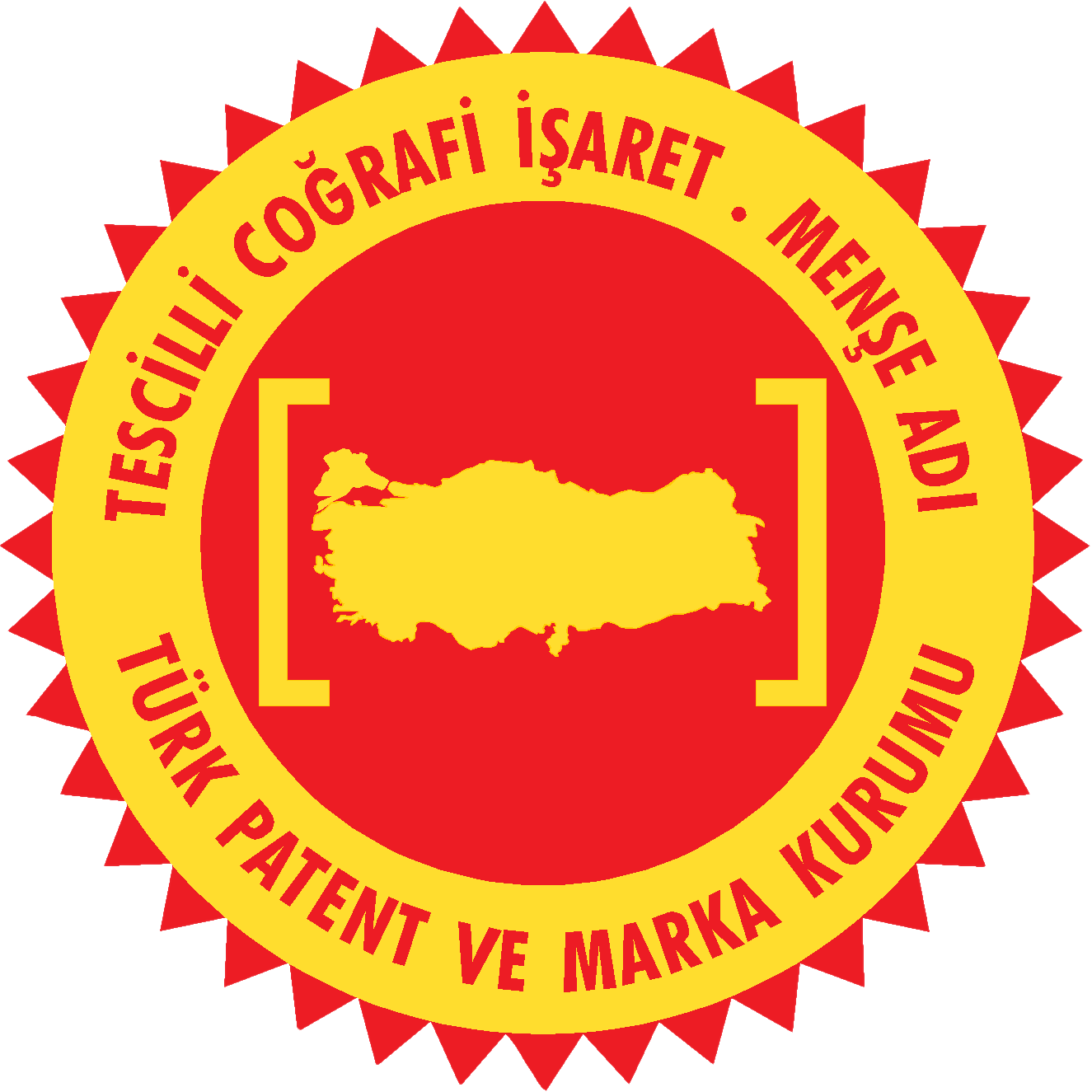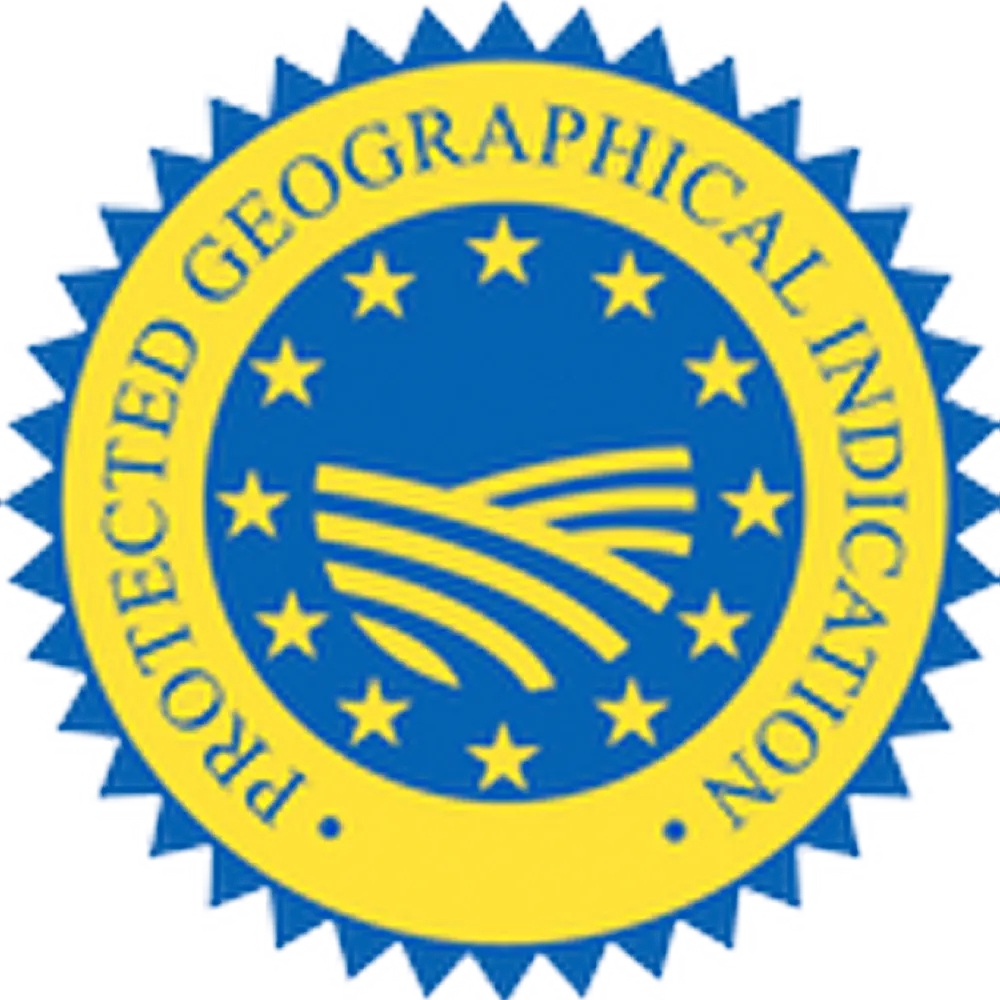Ramadan Dessert
- 1
- 2
Ramadan is an exceptional period when traditional flavors take their place on the tables and the spiritual atmosphere intensifies. Desserts have a special place at iftar and sahur times. Desserts such as stuffed kadayif, baklava, katmer, kombe, Turkish delight, halva and cookies are among the indispensables of Ramadan. These desserts are special flavors that reflect the spirit of Ramadan with their rich variety and cultural heritage.
Stuffed Kadayif
Stuffed Kadayif is a dessert prepared by blending thin wire kadayif with walnuts, pistachios or clotted cream, wrapping it and then syruping it. This flavor attracts attention with the crispy texture of the kadayif and the rich flavors of the filling. Erzurum's geographical sign registered kadayif adds a unique dimension to this traditional dessert. Erzurum kadayif is prepared with ingredients obtained from the region's unique climate and soil structure, which gives it a unique taste and texture.
Erzurum kadayif is especially known for its use of local walnuts and specially prepared clotted cream. While local differences give this dessert a completely different flavor profile, the geographical indication registration protects the production methods and quality of Erzurum kadayif. This registration not only ensures the preservation of the dessert's unique characteristics, but also allows Erzurum's cultural heritage and traditional flavors to be passed on to future generations.
Erzurum stuffed kadayif, with its perfect balance of syrup and rich fillings, is not only a dessert, but also a wonder of flavor that represents Erzurum's rich history and cultural richness. This geographical indication registered dessert continues to be kept alive as a sweet tradition, decorating the tables during Ramadan or on special occasions.
Baklava
Baklava is a traditional dessert that is sweetened with sherbet and created with the perfect harmony of phyllo dough rolled out in layers and pistachios or walnuts sprinkled in between. However, among all baklava, the unique Antep Baklava with geographical indication registration has a special place that transforms this dessert into a work of art. Gaziantep is considered the heartland of baklava and the baklava produced here is world famous for its rich history and unique flavor.
Antep Baklava is a delicacy produced only in a specific geographical region, using high quality ingredients and in accordance with centuries-old traditions. One of the most important features of this baklava is the quality and abundance of pistachios used. The pistachios add a deep and rich flavor to the baklava, while the skillful preparation of each layer of hand-rolled phyllo dough creates the unique texture of the baklava that melts in the mouth.
Geographical indication registration protects both the quality and production methods of Antep Baklava. This registration guarantees that baklava is produced to a certain quality and standard, while also contributing to the protection of cultural heritage and traditional flavors. Antep Baklava is not only a dessert, but also a part of Gaziantep's rich culture and history.
Preferred during Ramadan or on special occasions, Antep Baklava adds elegance and sweet richness to tables. The combination of delicately rolled out phyllo dough, abundant pistachios and expertly prepared syrup makes Antep Baklava a sought-after dessert not only in Turkey but worldwide. As one of the best examples of traditional Turkish cuisine, this unique flavor is indispensable for dessert lovers.
Katmer
Katmer is a symbol of the rich cuisine of the Gaziantep region and is also one of the geographically marked products. Especially in Gaziantep, this special dessert, which is prepared by placing pistachios and clotted cream in thinly rolled phyllo dough and cooked in a pan, represents one of the most distinguished examples of regional flavors. Geographically marked Antep Katmeri has gained a reputation for being prepared with traditional methods and using ingredients unique to the region. Gaziantep's geographically marked katmeri is a favorite among dessert lovers and flavor hunters and is often preferred for breakfasts and special occasions. Known for its rich and energizing properties, this dessert is enjoyed at any time of the day, both as a dessert and as a delicious starter. The perfect combination of pistachios and clotted cream makes katmer not only a delicious dessert, but also an experience that reflects the cultural richness of Gaziantep and the traditional art of dessert making.
Kombe
Kombe is a traditional type of cookie prepared with a mixture of flour, sugar and oil, which is considered one of the indispensable flavors of Ramadan, especially in Anatolia and the Mediterranean region. Hatay's geographical sign registered kombe is one of the most special and well-known versions of this delicious cookie. This unique flavor is prepared using traditional methods specific to the Hatay region and by certain quality standards, thus preserving the authenticity and quality of the kombesi.
Prepared in different shapes and flavors, Hatay's geographical indication-registered kombe is a perfect accompaniment for tea hours, as well as special occasions and iftar tables. The geographical indication registration of this cookie not only contributes to the promotion of the rich culinary culture of the Hatay region, but also ensures that the traditional recipe of kombesi is passed on to future generations. Each kombes is handmade, with sweet and savory varieties that appeal to every palate and are offered to the taste buds all year round as well as during Ramadan. Hatay's geographical sign registered kofbeh offers a unique taste experience for those who want to discover the traditional flavors of the region.
Turkish Delight
Turkish delight is a traditional Turkish dessert made by boiling a mixture of water, sugar and starch, enriched with various flavors and additives. The geographical indication registered Afyon Lokum represents one of the most special and well-known versions of this delicious dessert. Afyonkarahisar is known for its rich cultural heritage and unique flavors, and Afyon Lokumu is an important part of this heritage. The lightness and flavor of Turkish delight make it an elegant sign of hospitality during Ramadan and other times. Thanks to traditional production techniques and the use of high-quality ingredients, Afyon Turkish delight acquires a unique flavor and texture. This special Turkish delight has won the admiration of locals and visitors alike and has played an important role in promoting Afyonkarahisar's gastronomic identity at national and international level. The geographical indication registration protects the quality and reputation of Afyon Turkish delight, while at the same time guaranteeing the authenticity and traditional production methods of this delicacy.
Halva
Halva is a rich dessert prepared by roasting flour, oil and sugar. There are many different types of halva in Turkish cuisine and it is often preferred to meet the need for dessert after iftar during Ramadan. Among this diversity, special flavors such as Tekirdağ cheese halva, Edirne Deva-i Misk halva and Kütahya foam halva stand out.
Tekirdağ cheese halva is one of the unique flavors of the region and, as the name suggests, it is prepared using a special type of cheese. This unique halva is known for its perfect combination of sweet and salty flavors and is especially popular in and around Tekirdağ.
Edirne Deva-i Misk halva is a type of halva enriched with aromatic herbs and spices, produced in Edirne, the historic city from which it takes its name. Traditionally considered a symbol of health and well-being, this halva has a special taste and aroma.
Kütahya foam halva is another type of halva unique to Kütahya, known for its light and foamy texture. It is prepared with a mixture of sugar, egg whites, and various flavors and attracts attention with its light texture like the foam it is named after.
These special halva varieties, which sweeten iftar tables during Ramadan, stand out with their eye-catching presentations and unique flavors. Varieties such as Tekirdağ cheese halva, Edirne Deva-i Misk halva and Kütahya foam halva offer unforgettable taste experiences to dessert lovers by showcasing the dessert diversity and regional flavor richness of Turkish cuisine. Each adds a sweet finale to iftar tables, ensuring the continuation of cultural heritage and traditional flavors.












